Can you please introduce yourself to readers?
I’m an artist who predominantly uses ceramics. I've come to ceramics quite late on. I've always done artistic things but I never trained as an artist when I was younger. I applied for art school, didn't get in, and then studied English Literature instead. I kept up art as a hobby and then did an Art Foundation course. I applied for an MA at the University of Central Lancashire, which was a two years part-time and just in ceramics, finishing in 2018. Since then, I've been a maker.
The other thing that's important to understand about my work is my own mixed background. I was born in South Africa and grew up in Germany and now have lived in England for a long time. So I'm bilingual and also I have a Swedish grandmother. I've had a lot of different cultural backgrounds and interactions with different cultures really impacts my work.
What are the medium specific qualities of ceramics?
Ceramics are a 3D medium which is important. What is also important, and particularly to me, is the versatile surface that ceramics offer. Ceramics are also all around us: in our basements, in our bathrooms. It’s a versatile material , deeply steeped in history. It’s something that's been around forever and ever. It's also being used as one of the main archaeological ways of explaining people, because it's one of the kinds of things that's man made but doesn't deteriorate over time, like wood or textiles do. So as such, I think it's an adaptable medium and also one that has got a lot of depth of meaning and background.
What drew you to ceramics as a medium through which to communicate cultural identity and multiculturalism?
Although I wasn't trained in doing art I was always interested in it. My mother was an architect and my dad is a set and costume designer. My grandmother, who I mentioned earlier on, was a weaver, an interior design and owned an interior design shop in South Africa. I was influenced by the craft tradition in Scandinavia and also many African craft practices.
I dabbled in all sorts of art making initially, particularly paintings and textiles. I found ceramics the medium where I could combine both my love for 3D and 2D work. I am fascinated by patterns from different cultures and tried to incorporate influences from textiles and architecture into that pattern-making.
How do you approach incorporating social and political messages into your work?
I have researched very specific patterns from distinct groups of people across the globe and I’ve looked at ceramics connected to ethnic groups. These include Iznik ceramics from Turkey, the Ottoman Empire, Acoma Pueblo pottery from First Nations people in southwest USA. I’ve looked at geometric and architectural Islamic patterns, which I’m totally in awe of, and I’m absolutely rubbish at, because they’re so detailed. I also looked at Celtic designs, specifically the Book of Kells and Book of Durrow. I reference African textiles such as barkcloth by the Mbuti people and Kuba cloth in the Democratic Republic of Congo and Adinkra cloths in Ghana. All of these patterns are imbued with symbolism.
In my ceramics work, I’ve taken those patterns which are distinct for each group and put them next to each other as if in communication, in harmony, whilst still retaining the original identities. It sets up a really interesting dialogue about how patterns and symbols are transferred across cultures when you start to recognise similarities. For example, patterns that travelled across the Silk Road would have been picked up by Asian and European makers. Historically, there were certain colours in Chinese ceramics that could only be developed in specific regions due to technological developments in Asia Minor that then crossed cultures.
I wanted to highlight cross-cultural fertilisation by highlighting both similarities and differences in the symbols and patterns in my ceramics.
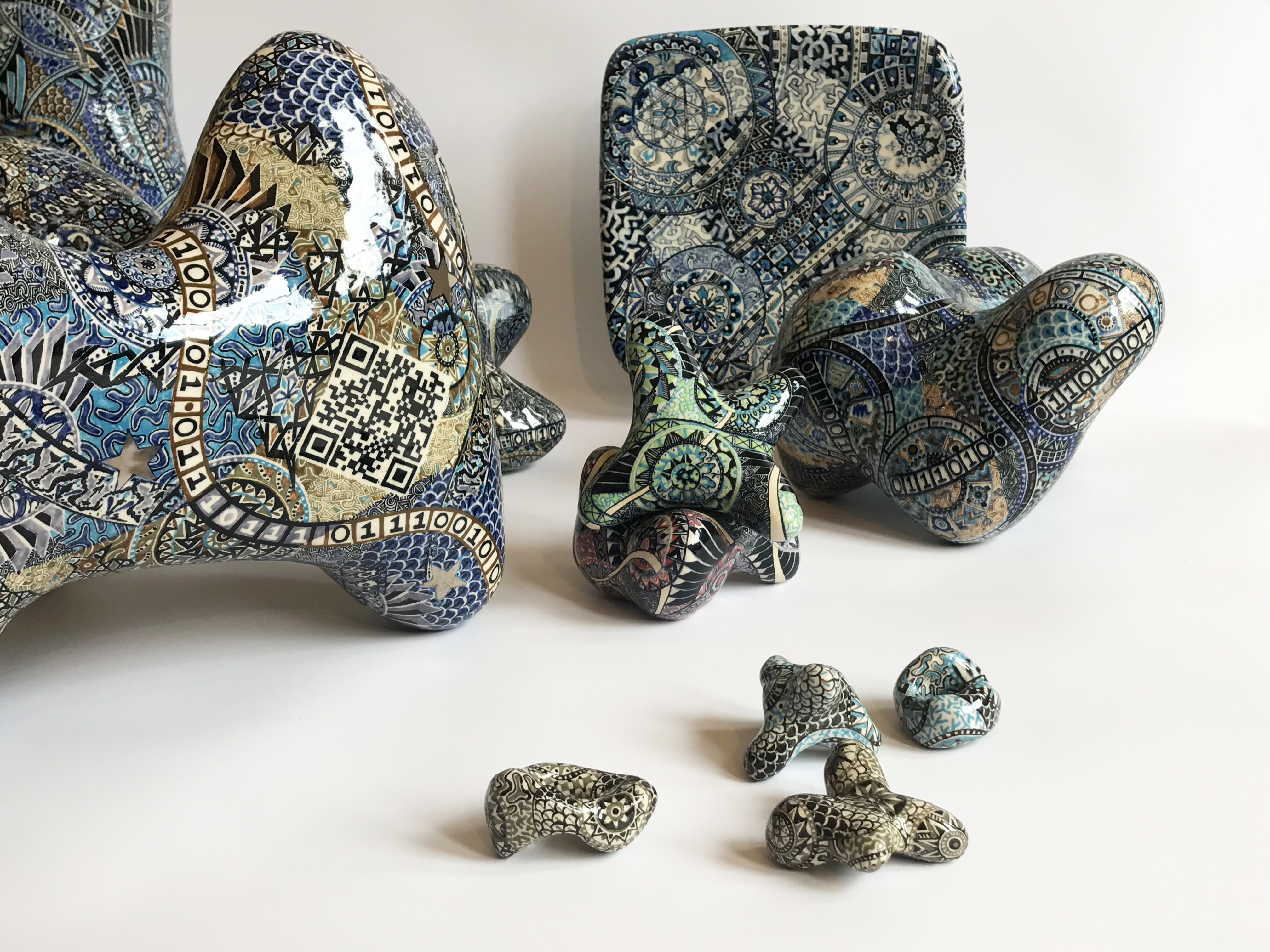
Please tell us more about the cultural significance of patterns and symbols in your work.
As cognisant beings, we perceive our human race to be diverse but, as species, we're essentially very much the same. A large part of our self awareness and personal sense of identity comes from establishing links or perceived similarities and differences to other people. And communication plays a crucial part in the process. Across time, people have used signs and symbols to express tribal affiliations, which continue today, whether it is expressed through tattoos, logos on T-shirts, clothing brands or jewellery.
I asked myself how inclusive or exclusive communication systems are, how much bigotry on one hand, and trust, understanding and tolerance on the other hand, are determined by channels of communication. In what way does the format of communication determine the content available in an age of information overload, does this affect our ability to be emotionally literate? How much of non-verbal emotional information is locked? Do we need to have a complete understanding of a system of communication to be able to relate to it?
These are the kinds of issues I was considering while working on this piece. I purposefully misspelt ‘connectivity’ as ‘connedtivity’ to show how easily verbal communication can be disruptive, particularly when it's digital. I also used different words that relate into personal communications and connectedness. For example, dialogue, link, networking, touch ancestry. I also used gender signs - from the whole spectrum.
How do you approach combining pattern and shape in your ceramics?
I find the forms of works by Barbara Hepworth and Jean Arp interesting because they really look at the interplay between surface and shape. I like how different people respond to the surface and others respond to shape.
In terms of patterns, a lot of architecture inspires me due to its precise approach. In terms of shapes, I like to play with positive and negative space. I want to provoke different reactions, I want people to come up and touch them or cuddle them. So the approach to surface treatment is quite intellectual whereas my approach to shape is more tactile and sensual. I don’t usually know what shape they’re going to take when I start out. Some of them have holes in the middle others don’t.
I did once start a series of smaller pieces with limbs but then people started commenting about how phallic they are. So then I made one with X and Y chromosomes running around them, I was trying to invert gendered expectations. I was trying to point out that if someone thought it was male or female, that was them, not me. That was their expectation.
How do audiences respond to your work?
Some enjoy the detailed painted patterns, others enjoy the more sensual shapes. People often point out that the patterns remind them of Maori cultures, which is not something I’m deliberately referencing due to cultural sensitivity. But I am quite happy when people make those new connections because it reinforces that general point that our methods of communication are more similar than we might expect.
People also quite often walk by my work because the patterns are perceived as too perfect. I have to use a sign on my stall at craft fairs saying that everything is hand painted, because sometimes people think I use decals.
I find people engage so much more when they know what cultures I’m referencing. They have also interacted really well with the QR codes I used. I paint every pixel by hand. You can actually scan them with your phones. For example, I’m currently working on a piece on the Nine Classic Muses, and I’m offering an updated version. I’m putting a QR code on each ceramics linking to different women muses, whether they’re in the field of astronomy or poetry or something different. I’m trying to give these women a voice.
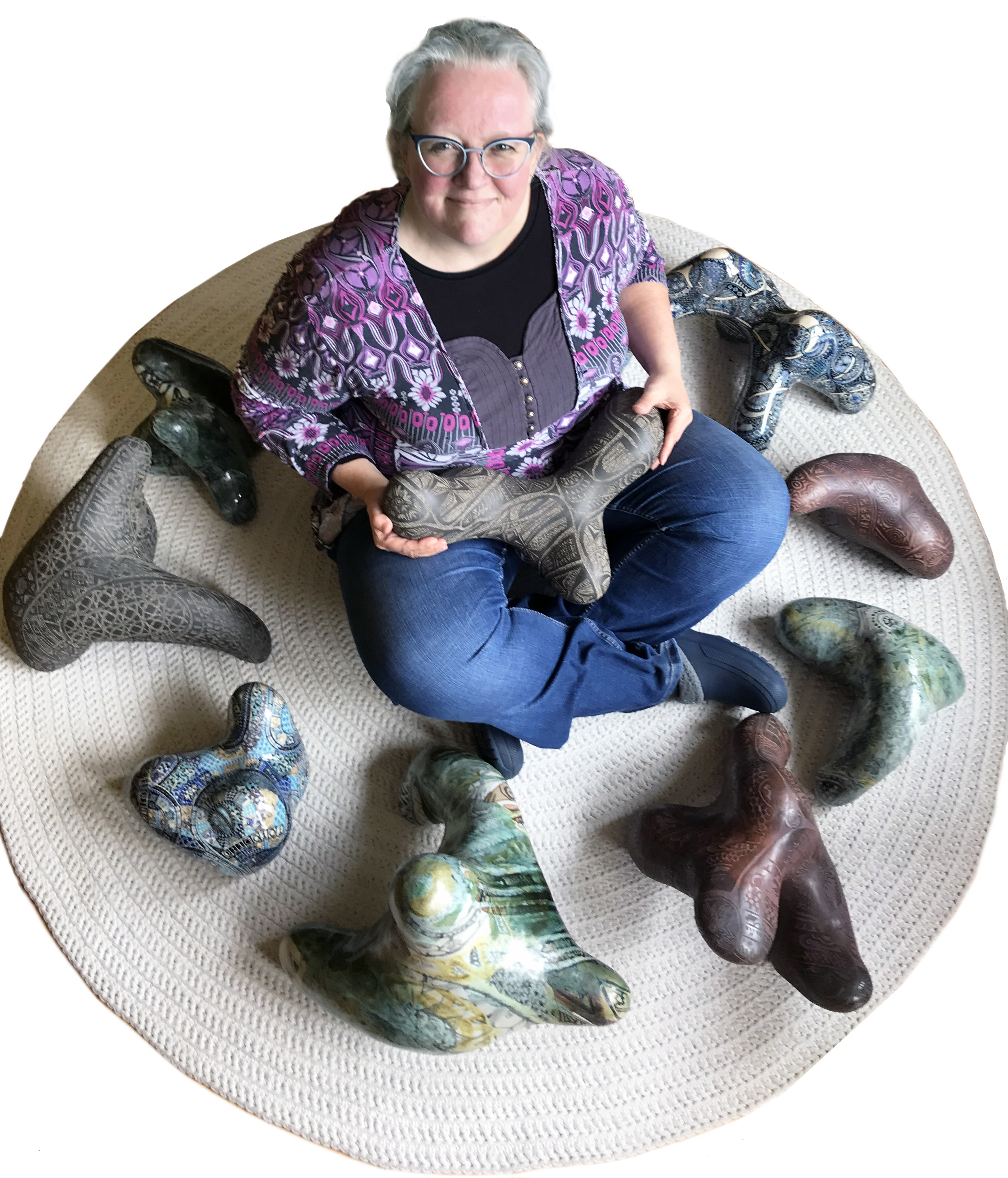
What advice would you give someone who wants to use ceramics or craft to make a social or political statement?
I would say, absolutely do it! I think we need more politically motivated artwork. Of course, I also produce some mugs and pots which people want to buy at craft fairs. But I think splitting my time between those, and more politically motivated work, is a really good thing and I would recommend it. I think there's a lot of scope for using ceramics for expressing things because it is so versatile. You can do it on so many levels. I have been involved with MA teaching and I have seen what some of the students use it for and they use it for all sorts of different expressions. Whether that’s the environment or something different. Ceramics as well as being an artistic medium is also very technical. You’ll meet people in craft who have been doing it for 50 years, and they’ll say they still learn new things every single day.

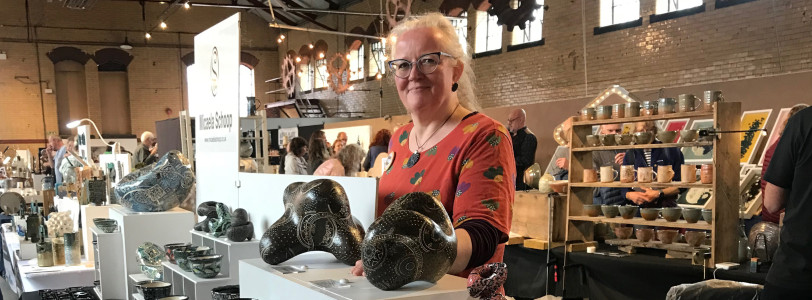
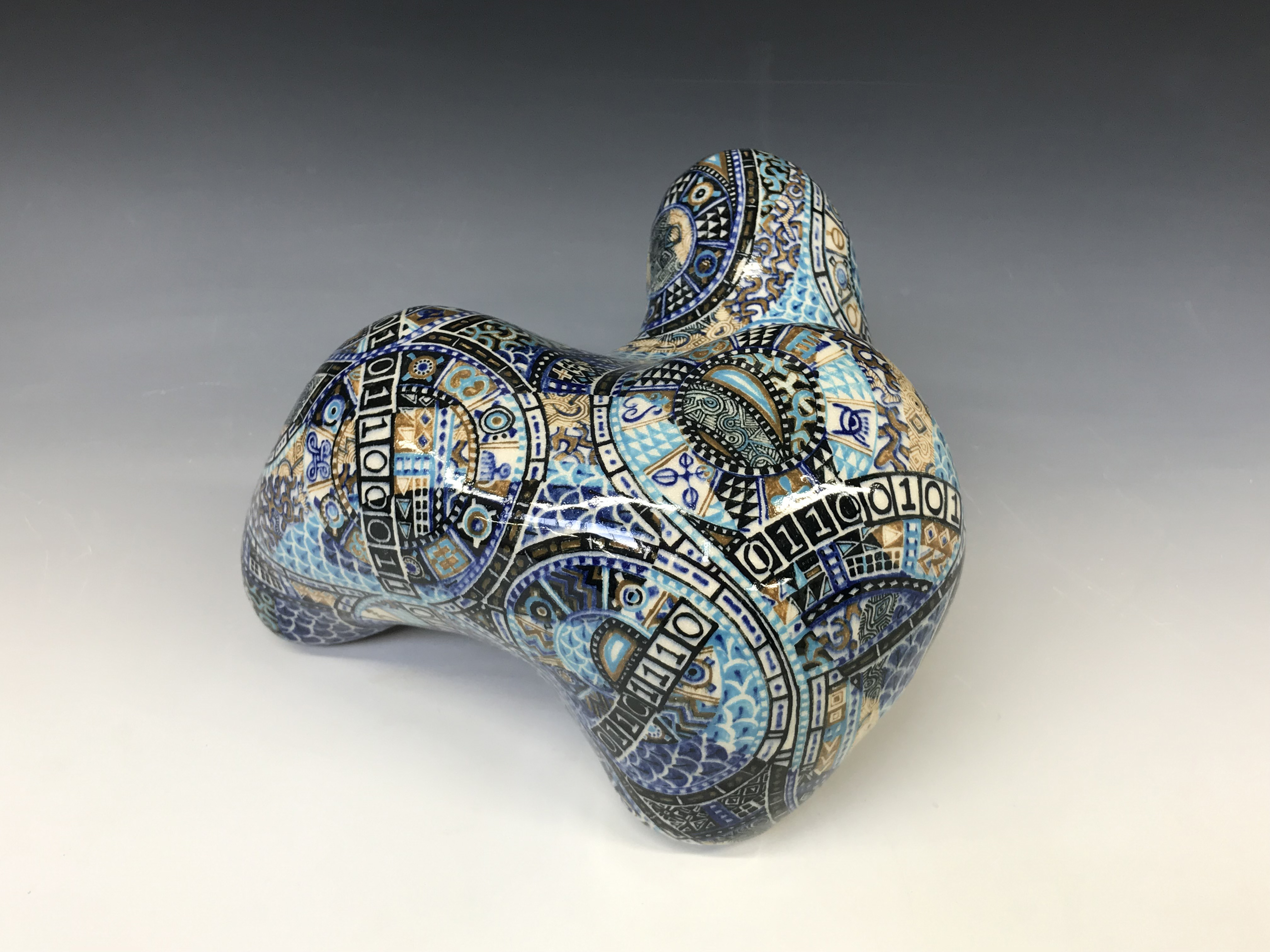
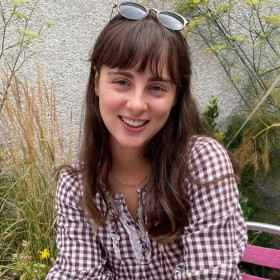
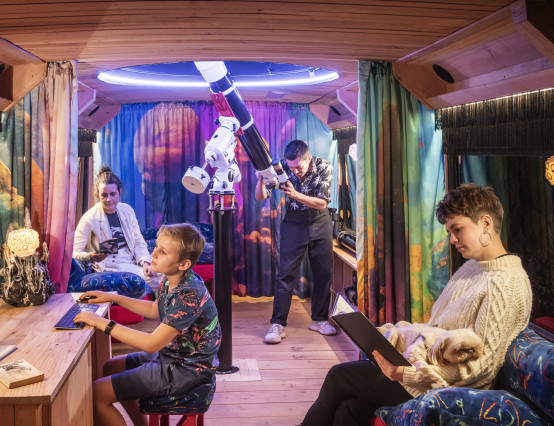
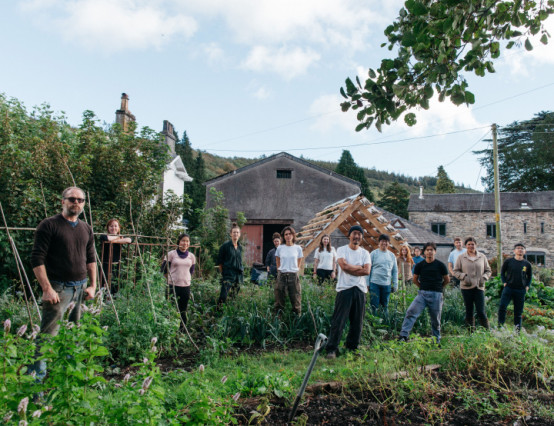
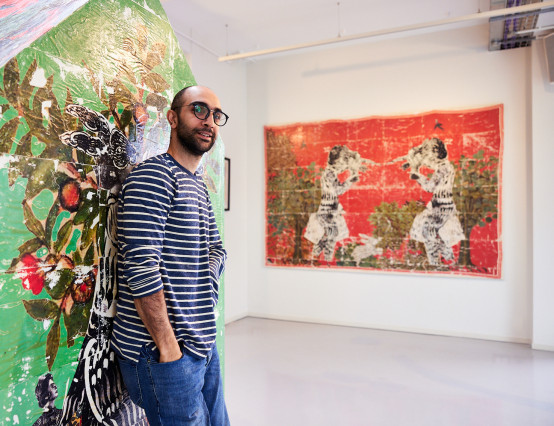



0 Comments